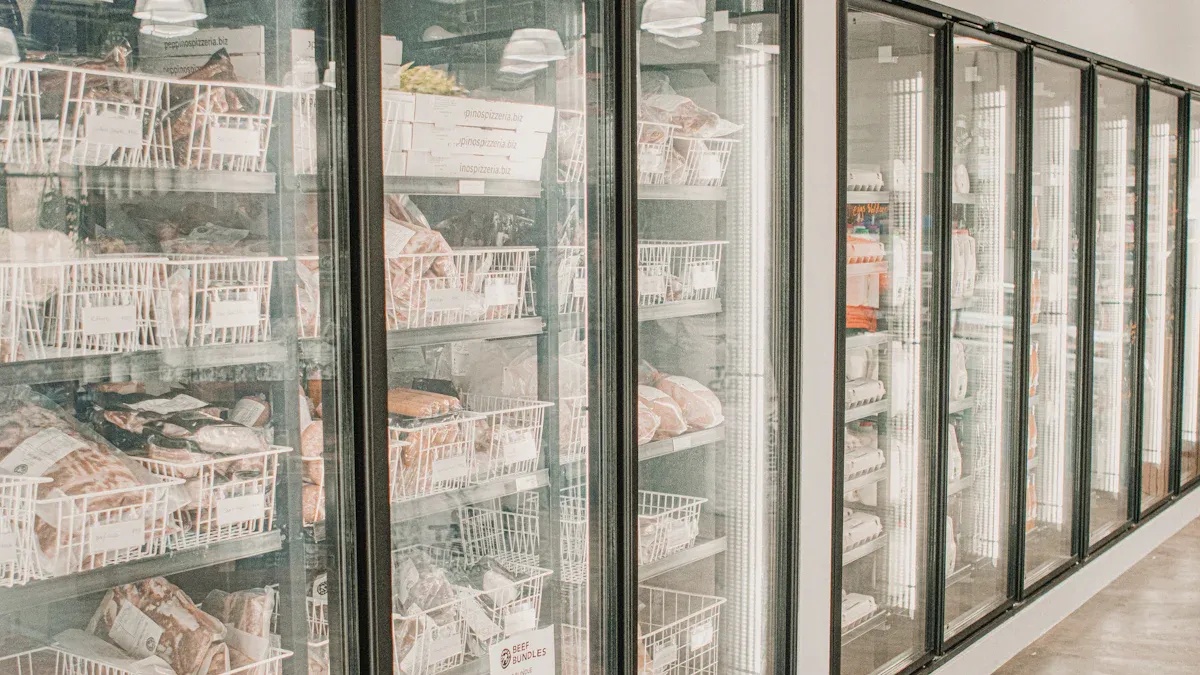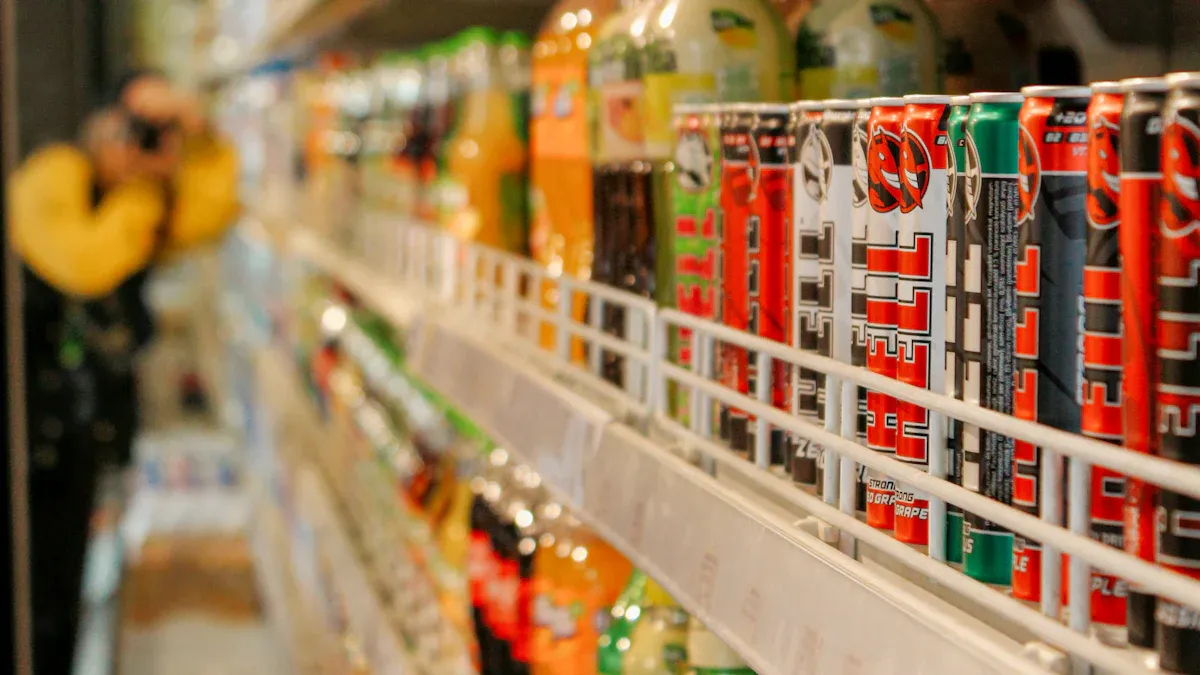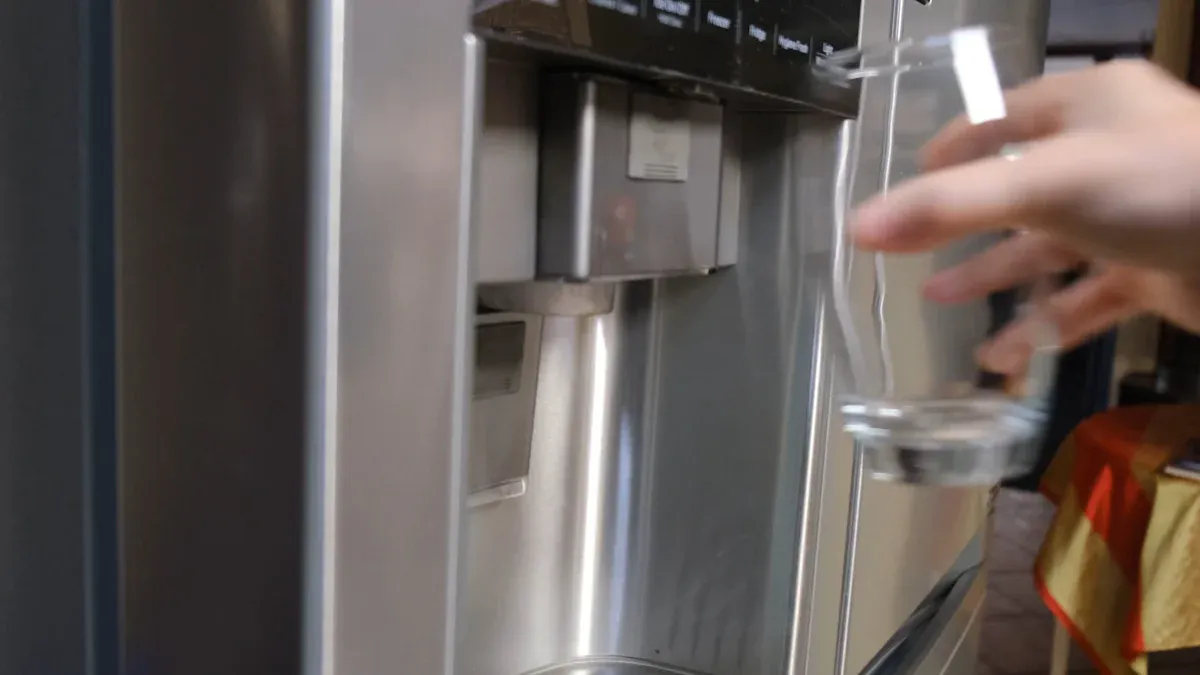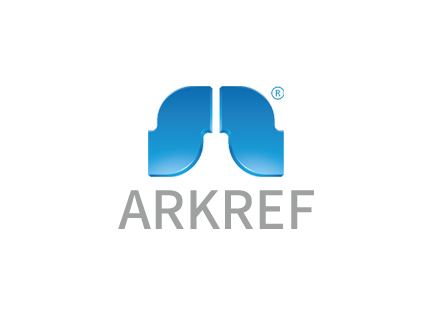How to Prevent Food Waste with Proper Walk In Cooler Management

Proper walk in cooler management keeps food safe and stops waste. Many things can make food spoil in your walk in cooler. These problems include:
Improper temperature control happens if the walk in cooler is not between 33°F and 38°F.
Cross-contamination can happen if you put raw meat above ready-to-eat foods.
Overloading shelves blocks airflow and makes warm spots.
Inconsistent temperature checks let problems go unnoticed.
If you focus on organization, temperature, labeling, maintenance, and staff training, you lower these risks and keep your walk in cooler working well.
Key Takeaways
Organize your walk-in cooler with the FIFO method. Use clear labels to help stop food from going bad. This can help you save money.
Keep the cooler temperature between 33°F and 38°F. Check the temperature at least two times each day. This slows bacteria growth and keeps food safe.
Put items on shelves with space between them. This lets air move around and stops warm spots. Warm spots can make food spoil faster.
Clean your cooler often. Take care of door seals and coils. This helps your cooler work well and last longer.
Teach your staff about safe food storage. Show them how to stop cross-contamination. Train them on cooler safety. This keeps food good and helps cut down on waste.
Walk In Cooler Organization

When your walk in cooler is neat, food stays safe. It also helps your kitchen work better. If you organize things well, food is less likely to spoil. You also stop cross-contamination from happening. Staff can find things fast when everything is in the right place. Good organization saves space and keeps food safe. It also helps you save money by wasting less food.
FIFO Method
FIFO stands for First In, First Out. It is an easy way to use your food supplies. You always use the oldest food before the new food. This keeps your food fresh and stops it from going bad.
Put new food behind the older food on the shelf.
Look at the dates and move old food to the front.
You waste less food and save money by using food before it spoils.
Your customers get fresher food.
Tip: Teach your staff to check dates and move old food forward. This habit saves money and keeps your walk in cooler working well.
Labeling System
A good labeling system keeps food safe in your walk in cooler. You should write the date you got or made each item. This helps you keep track of your food and follow safety rules.
Use labels that are easy to read with the date and name.
Take out food if the label is missing or hard to read.
Give staff simple steps for labeling and checking dates.
Labeling Tips | Why It Matters |
|---|---|
Date mark all items | Stops you from using old food |
Use clear labels | Makes checking food faster |
Train staff | Keeps things safe and the same |
Note: Labeling food the right way stops cross-contamination and keeps your walk in cooler safe.
Zones and Grouping
Making zones and grouping food in your walk in cooler keeps food safe. It also makes work easier. You should keep raw meats, cooked foods, and produce on different shelves. This stops raw food from dripping on ready-to-eat food.
Place cooked meats under the ready-to-eat food.
Keep produce next, and raw meats on the bottom.
Group the same kinds of food together.
When you make clear zones, you lower the chance of cross-contamination. Staff can find food faster and do not mix raw and cooked food. This setup also helps you keep track of food and order what you need.
Making zones in your walk in cooler keeps work safe and your kitchen running well.
Shelving and Accessibility
Use strong shelves that let air move around the food. Do not put too much on the shelves or air cannot flow. Keep food you use a lot at eye level or near the front.
Pick shelves that fit your space and what you need.
Leave space between food for better cooling.
Put popular food where staff can grab it fast.
Good shelves and smart placement help keep food cold and cut down on waste.
Temperature and Airflow Control

Keeping your walk in cooler at the right temperature and making sure airflow stays steady are key steps in any food preservation system. If you let the temperature rise or block airflow, food can spoil quickly. You need to check these things often to keep your cooler working well.
Monitoring Temperature
You should always keep your walk in cooler below 40°F. The FDA says that bacteria grow fast between 40°F and 140°F, which is called the "danger zone." If you store food below 40°F, you slow down bacteria growth and lower the risk of foodborne illness. Use temperature monitoring tools to check the cooler at least twice a day. Write down the numbers so you can spot problems early. If you see the temperature going up, fix it right away.
Tip: Place thermometers in different spots inside your walk in cooler. This helps you find warm areas and keep all food safe.
Shelf Loading
How you load your shelves affects airflow and temperature. If you pack shelves too full, cold air cannot move around the food. This creates warm spots and makes some food spoil faster. Overloading also makes the compressor work harder, which can break your equipment sooner. Always leave space between items on each shelf. This lets airflow reach every part of the walk in cooler.
Shelf Loading Tips | Why It Matters |
|---|---|
Do not overload shelves | Keeps airflow strong |
Leave gaps between items | Stops warm spots |
Check shelf layout often | Keeps food cold and safe |
Remember: Good shelf loading keeps airflow steady and helps your food preservation system work better.
Door Seals
Door seals play a big role in keeping cold air inside your walk in cooler. If the seals are loose or broken, cold air escapes and warm air gets in. This makes the cooler work harder and can cause food to spoil. You might see frost, ice, or water leaks if the seals do not fit right. Check the door seals often. If you find damage, replace them quickly.
Faulty seals let cold air out and warm air in, hurting airflow.
Bad seals cause frost and ice, which block airflow and cooling.
Water leaks from broken seals can damage your walk in cooler.
Note: A simple dollar bill test can help you find leaks. Close the door on a dollar bill. If you can pull it out easily, the seal needs fixing.
By keeping your walk in cooler at the right temperature, loading shelves the right way, and checking door seals, you protect your food and save energy. Good airflow and regular checks make your food preservation system strong.
Walk In Cooler Maintenance
Taking care of your walk in cooler helps stop food waste. You need to clean it and check it often. This keeps food fresh and safe. Good maintenance finds problems early and stops them from getting worse.
Cleaning Schedule
A clean walk in cooler keeps food safe. It also keeps your kitchen clean. You should clean on a schedule to stop germs, mold, and bad smells. Cleaning helps your cooler last longer and work better.
Tasks for Walk-in Coolers and Commercial Refrigeration Units | |
|---|---|
Daily | - Wipe handles, shelves, and doors to stop germs and smells. - Look for spills and make sure doors close tight. |
Weekly | - Clean drawers, bins, and shelves well. - Sanitize walls, door seals, and drip trays. - Check for ice, water, or damage. - Clean drain pans and lines to stop germs. |
Monthly / Deep | - Deep clean coils, fans, drain lines, door seals, and floors. - Clean ceiling and lights in walk-in coolers. - Remove grease and water to keep food safe. |
Tip: Cleaning every day keeps food safe and your kitchen clean. Always wipe up spills and clean surfaces.
You should also have a pro check your cooler every few months. This helps you find hidden problems and keeps it running well.
System Checks
Check your walk in cooler often to stop breakdowns. A good schedule means you look at it and fix things before they get bad. These checks help you find problems early and keep the right temperature.
Recommended Tasks for Walk-in Coolers | |
|---|---|
Monthly | Check how the cooler works, the temperature, and look for problems |
Quarterly | Deep clean coils, fans, drains, check refrigerant, and set controls |
Biannual (Twice a year) | Tune up before summer and winter to stop problems in hot or cold weather |
Get tune-ups two times a year, before summer and winter. This helps your cooler work in hot or cold weather.
Always check the temperature and look for ice or strange sounds.
Fix problems fast and check often to stop food waste and save money.
Note: Dirty coils, broken door seals, or low refrigerant can make your cooler too warm. This can spoil food and waste money.
Ventilation
Good ventilation helps your walk in cooler work well. Air needs to move so the compressor does not get too hot. This keeps the temperature steady. Leave space around and inside your cooler. This helps cold air move and keeps food safe.
Clean coils every three months to stop dust and grease.
Make sure nothing blocks vents or fans inside the cooler.
Keep the cooler level so doors close tight and cold air stays in.
If you live where it is hot or humid, check your cooler more often. Heat and moisture make it work harder. Clean coils and check door seals often to stop leaks and save energy.
Tip: Teach your staff to look for problems and tell you fast. This keeps your cooler safe and working well.
A regular schedule saves energy and money. New tech, like smart sensors, can help you watch the temperature and find problems early. This keeps your cooler working well and your food safe.
Commercial Walk-In Cooler Safety
Staff Training
You play a key role in keeping your commercial walk-in cooler safe. Train your team to handle food and equipment the right way. Teach everyone how to store raw and ready-to-eat foods apart. Show them how to keep the cooler at the right temperature. Remind staff to check for expired or spoiled food every day. You should also cover workplace safety. Make sure everyone knows how to avoid slips, trips, and burns. Give your team insulated gloves and jackets for cold safety. Teach safe entry steps and what to do in an emergency. Review food safety rules often. Keep records of temperature checks and cleaning. This helps stop bacteria from growing and keeps your cooler safe.
Tip: Hold short training sessions each month. Use real-life examples to help staff remember the rules.
Cross-Contamination Prevention
Stop bacteria from spreading by setting up clear zones in your commercial walk-in cooler. Label all food with delivery or use-by dates. Store raw meats on the bottom shelves. Place ready-to-eat foods on top. Use airtight containers to keep foods apart. Do not crowd the shelves. This makes it easy to see and reach everything. Train your team to use the FIFO system. Always use the oldest food first. This keeps storage fresh and safe.
Steps to prevent cross-contamination:
Label every item with the right date.
Group foods by type and use set areas for each.
Leave space between items for airflow.
Rotate stock so old food gets used first.
Note: Good storage habits lower the risk of bacteria and keep your food safe for customers.
Inventory Checks
Check your commercial walk-in cooler inventory often. Look for expired or spoiled food every day. Remove anything that looks or smells bad. Keep a log of what you throw out. This helps you spot problems early. Use a checklist to track what you have and what you need. This keeps storage organized and stops bacteria from spreading. Regular checks help you save money and keep your cooler safe.
Inventory Check Tips | Why It Matters |
|---|---|
Daily checks | Stops spoilage quickly |
Remove old food | Lowers bacteria risk |
Keep a log | Tracks waste and needs |
Stay alert. Quick action keeps your commercial walk-in cooler safe and your food fresh.
Efficiency Tips
Accessibility
You can make your cooler work better if staff can reach items fast. Put the most-used things at eye level or near the front. This way, staff do not waste time looking for supplies. When important ingredients are easy to grab, people go in and out less. This helps everyone work faster and keeps food safe.
Put popular foods at the front of shelves.
Store things you use less on higher or lower shelves.
Keep similar foods together so staff find them quickly.
Tip: When staff can reach what they need, they work faster and the cooler stays neat.
Clear Containers
Clear containers help you see what is inside without opening each one. This saves time and makes it easier to find what you need. You do not have to open every box or bin to check. Using clear containers helps you keep track of food and waste less. You can spot older food and use it first, so it does not spoil.
Benefit of Clear Containers | How It Helps Cooler Efficiency |
|---|---|
Quick identification | Less time with the door open |
Better inventory control | Reduces over-ordering and waste |
Easy stock rotation | Supports FIFO and food safety |
Note: Clear containers help you keep your walk-in cooler tidy and make work easier.
Minimize Door Openings
When you open the cooler door, warm air gets in and cold air leaves. This makes the cooler work harder and can use more energy. Plan what you need before you open the door. Glass doors or air curtains let you see inside or block warm air. If you open the door less, the temperature stays steady and food stays safe. Studies show that opening the door less can save energy and help the cooler last longer.
Make a list of what you need before you go in. This saves energy and keeps food safe.
You can stop food waste by keeping your walk-in cooler organized. Make sure you control the temperature and do regular maintenance. Safety and efficiency are also important. If you manage your cooler well, you save money for a long time.
Good door seals and gaskets help keep cold air in.
Checking your cooler often helps you find problems early.
Digital tools help your cooler work better.
Training your staff and checking your system often keeps everything working well. When you build these habits, you save money and keep your food safe for a long time.
FAQ
How often should you check the temperature in your walk-in cooler?
You should check the temperature at least twice a day. Write down the readings each time. This helps you spot problems early and keeps your food safe.
What is the best way to organize food in a walk-in cooler?
Use the FIFO method. Place new items behind older ones. Group similar foods together. Store raw meats on the bottom shelf. Keep ready-to-eat foods on top shelves.
Why do you need to clean your walk-in cooler regularly?
Regular cleaning stops germs, mold, and bad smells. It also helps your cooler work better and last longer. Clean spills right away and follow a set cleaning schedule.
How can you prevent cross-contamination in your walk-in cooler?
Store raw meats on the lowest shelves. Use clear labels with dates. Keep cooked and ready-to-eat foods above raw items. Use airtight containers for all foods.
What should you do if you find spoiled food in your walk-in cooler?
Remove spoiled food right away. Clean the area where you found it. Check other items nearby for signs of spoilage. Keep a log of what you remove to track waste.

